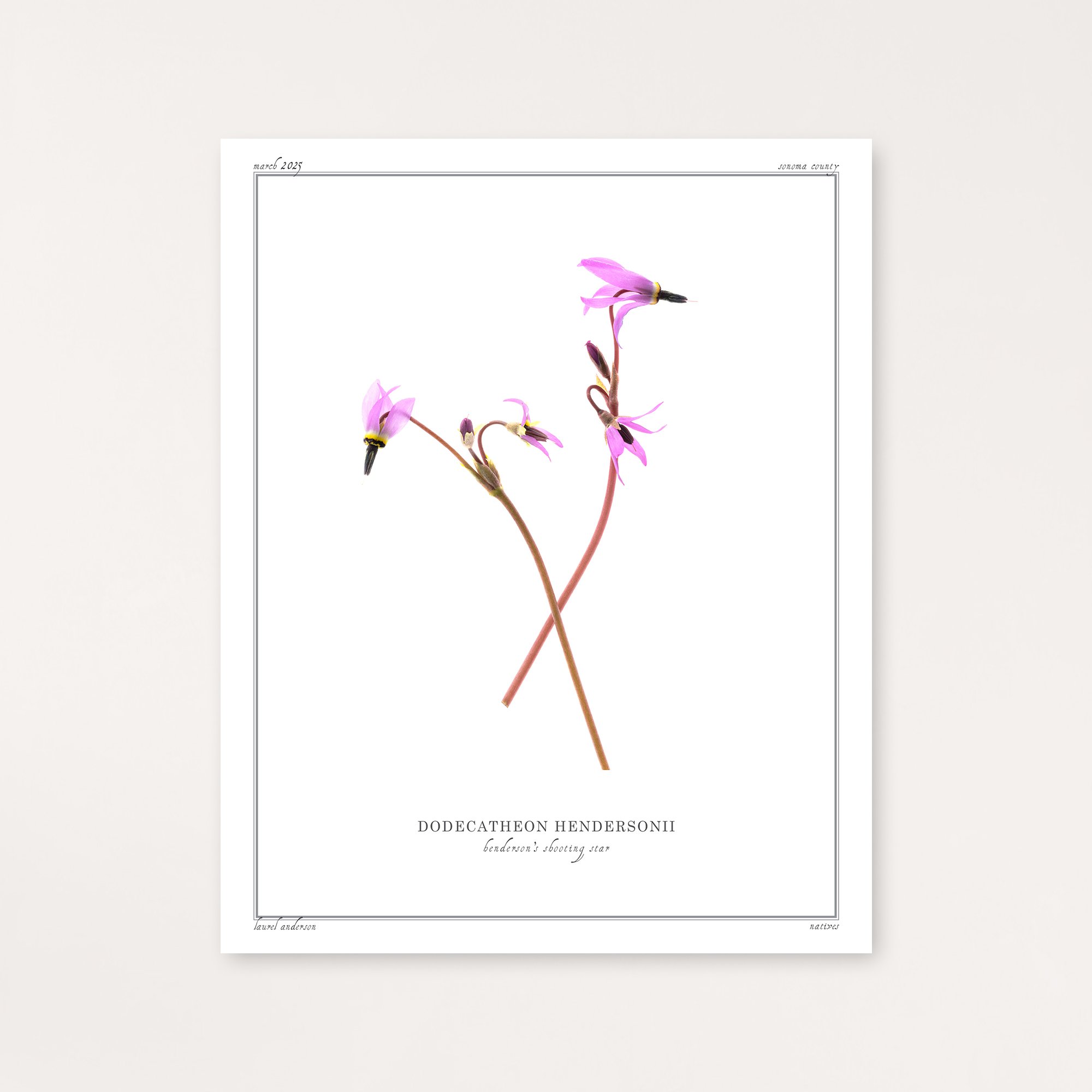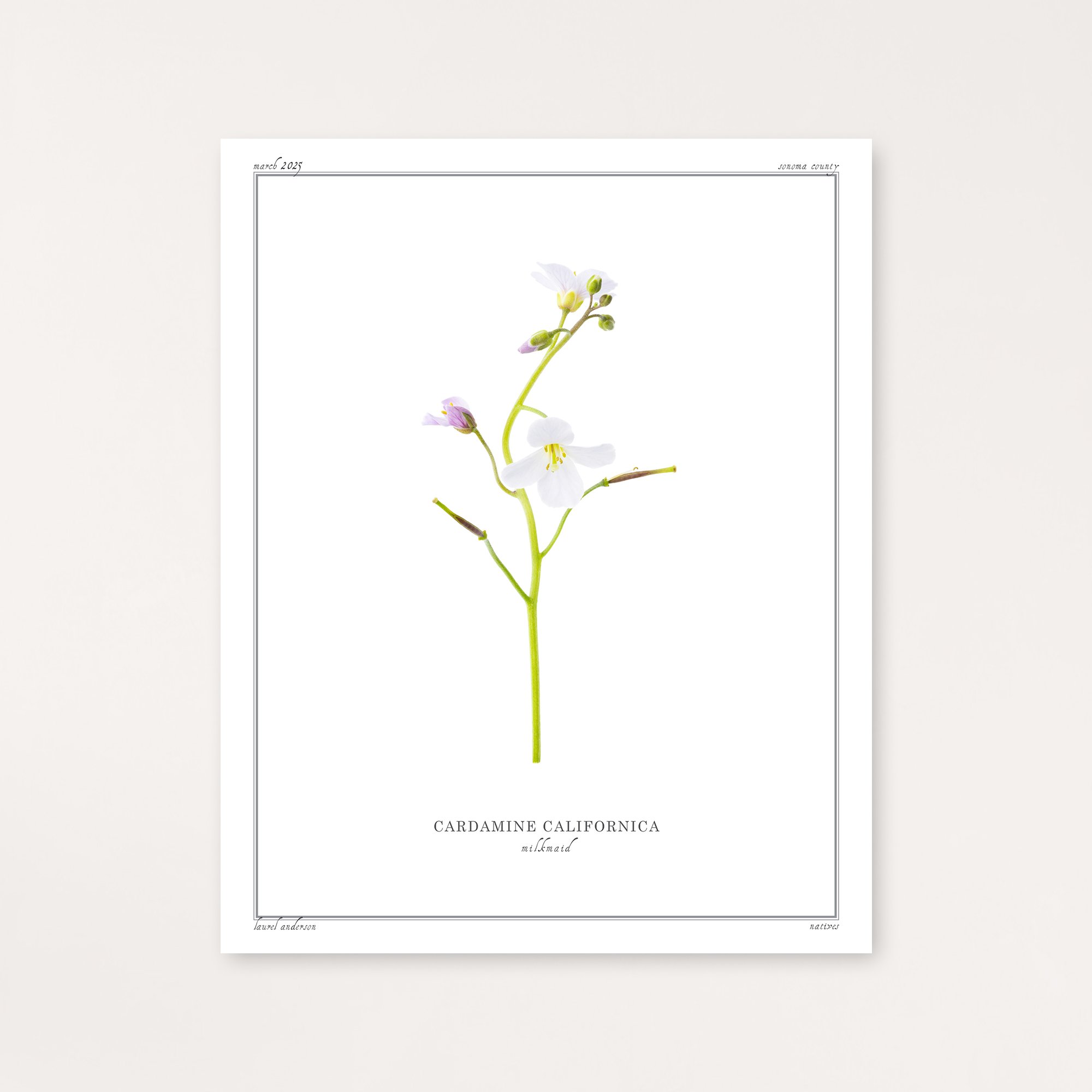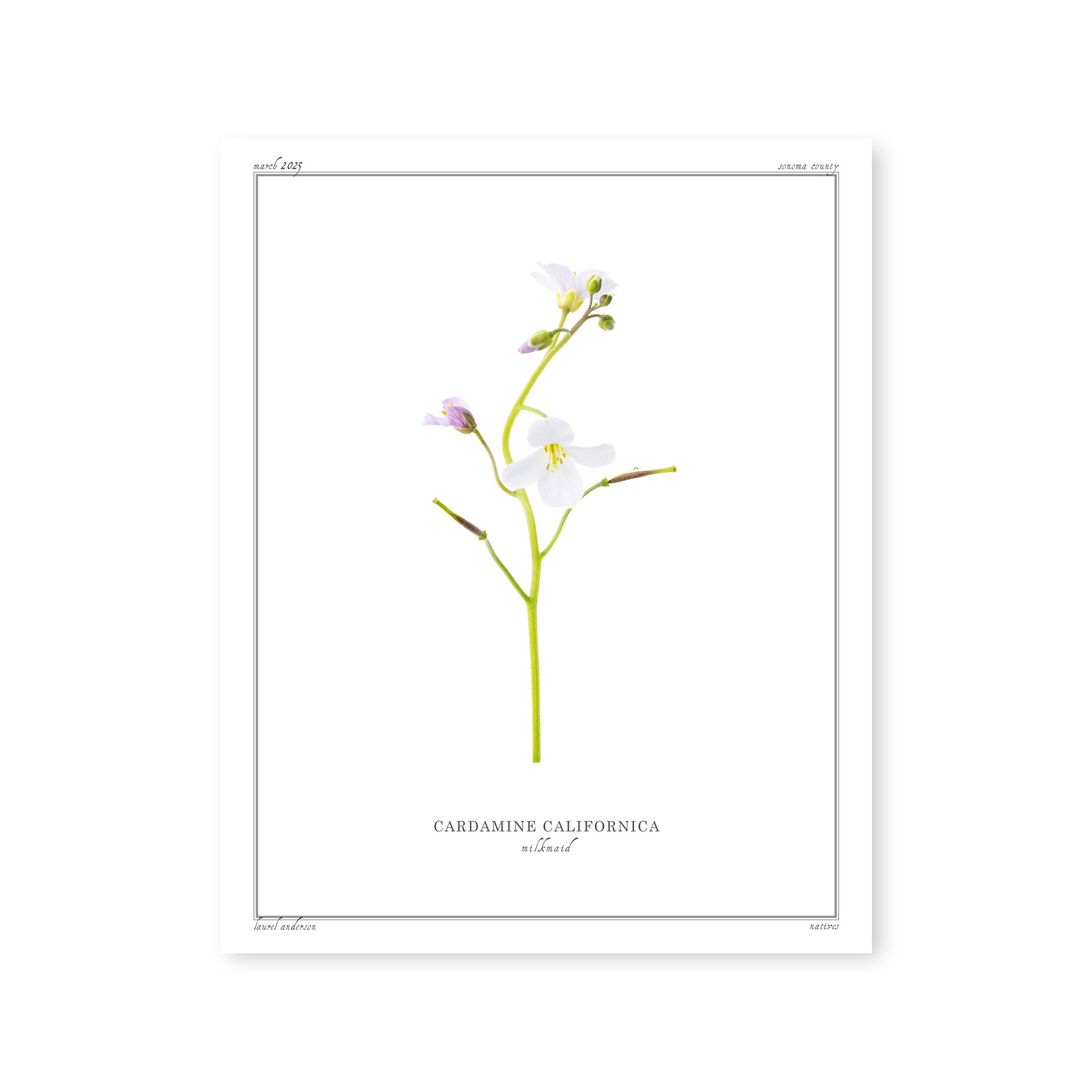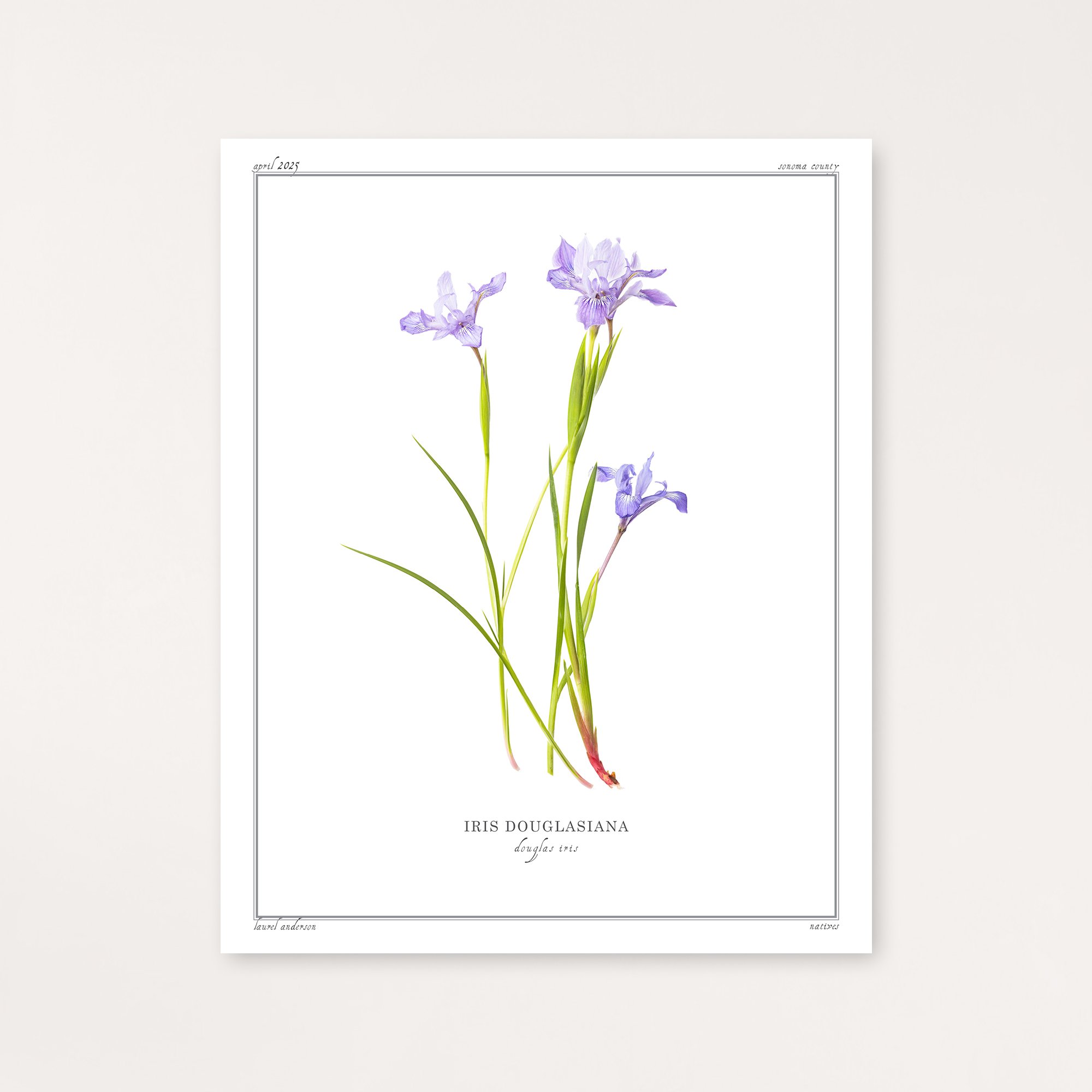 Image 1 of 2
Image 1 of 2

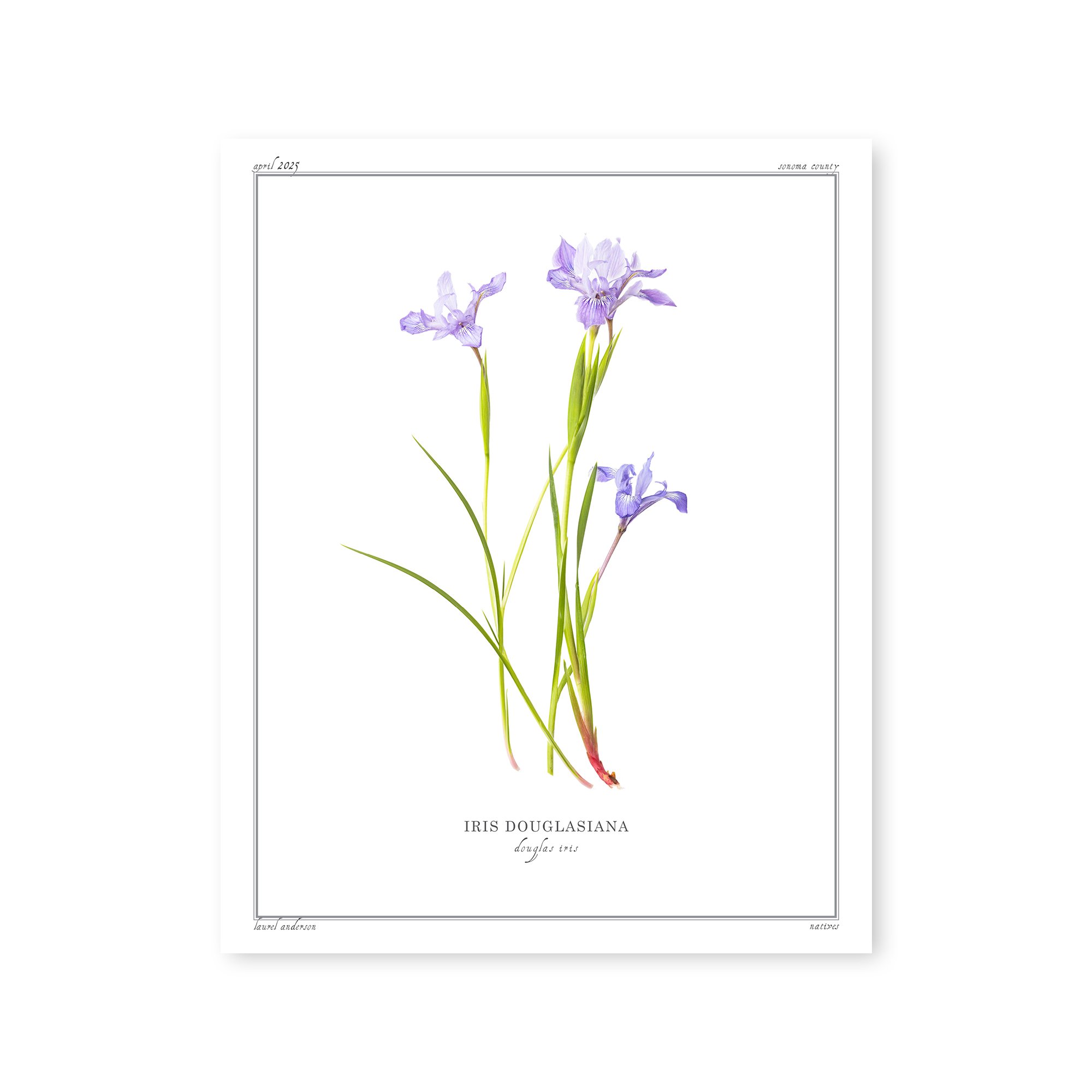 Image 2 of 2
Image 2 of 2



Douglas Iris
Douglas Iris, Iris douglasiana, grows throughout coastal regions of Northern and Central California and Southern Oregon, from sea level to 3,300 feet in grasslands and woodland edges.
Many indigenous tribes relied on this plant's strong fibers for practical purposes. The Northern Miwok crafted baskets from the leaves, while the Pomo placed them over acorn meal during preparation to help release tannins during the leaching process. Medicinally, coastal Miwok tribes prepared tea from dried roots to treat kidney stones and induce vomiting, while the Modoc applied poultices from boiled roots to soothe eye conditions.
Ecologically, Douglas Iris serves as a crucial early spring nectar source when few other native plants are blooming, supporting specialized native bee species and hummingbirds. Its dense root network prevents soil erosion along coastal bluffs and slopes, while its ability to form extensive rhizomatous colonies creates microhabitats for small invertebrates and amphibians in grassland ecosystems.
Each print is made by the artist using archival quality pigment ink on Moab's Entrada Rag Bright 300 paper.
Douglas Iris, Iris douglasiana, grows throughout coastal regions of Northern and Central California and Southern Oregon, from sea level to 3,300 feet in grasslands and woodland edges.
Many indigenous tribes relied on this plant's strong fibers for practical purposes. The Northern Miwok crafted baskets from the leaves, while the Pomo placed them over acorn meal during preparation to help release tannins during the leaching process. Medicinally, coastal Miwok tribes prepared tea from dried roots to treat kidney stones and induce vomiting, while the Modoc applied poultices from boiled roots to soothe eye conditions.
Ecologically, Douglas Iris serves as a crucial early spring nectar source when few other native plants are blooming, supporting specialized native bee species and hummingbirds. Its dense root network prevents soil erosion along coastal bluffs and slopes, while its ability to form extensive rhizomatous colonies creates microhabitats for small invertebrates and amphibians in grassland ecosystems.
Each print is made by the artist using archival quality pigment ink on Moab's Entrada Rag Bright 300 paper.



